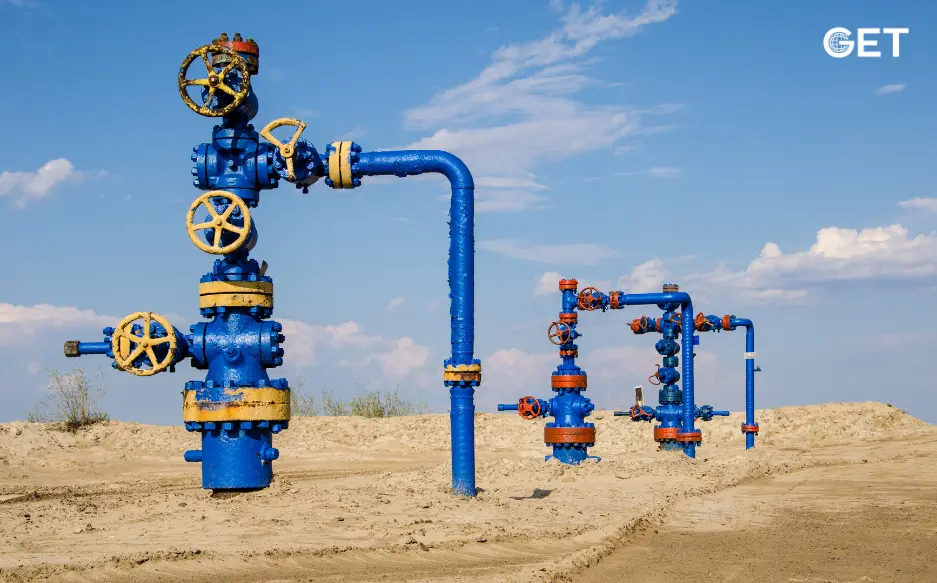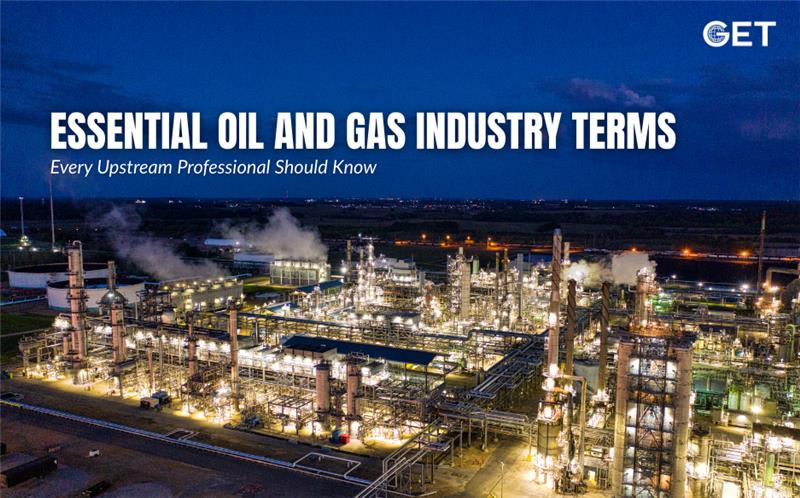November 27, 2023

The global energy landscape is undergoing a profound transformation, driven by technological advancements, environmental concerns, and geopolitical shifts. Among the sectors experiencing significant changes is upstream oil and gas—the exploration and production phase of the industry. In this article, we will examine the latest trends and developments shaping the future of the upstream oil and gas sector.
One of the key drivers of change in the upstream oil and gas sector is the ongoing digital transformation. The industry is embracing technologies such as artificial intelligence (AI), machine learning, and the Internet of Things (IoT) to optimize operations, enhance decision-making, and improve overall efficiency. AI-powered algorithms are being utilized to analyze seismic data, enabling more accurate predictions of subsurface structures and reservoir characteristics. This enhances exploration success rates and reduces drilling risks. Additionally, IoT devices are being deployed across drilling platforms to monitor equipment health in real-time, allowing for predictive maintenance and minimizing downtime. The digital transformation not only improves operational efficiency but also contributes to cost reduction and environmental sustainability—a crucial consideration in the current global energy landscape.
As the industry matures, an increasing number of aging offshore platforms and wells are reaching the end of their productive life. Consequently, decommissioning and abandonment activities are becoming more prevalent. The industry is focusing on developing cost-effective and environmentally responsible methods for retiring these assets. Innovative technologies, such as robotic systems capable of dismantling and removing infrastructure, are being explored to streamline the decommissioning process. Furthermore, advancements in materials science are contributing to the development of more durable and environmentally friendly materials, reducing the environmental impact of decommissioning activities.
The global push towards a more sustainable and diversified energy mix is impacting the upstream oil and gas sector. Many major players in the industry are investing in renewable energy sources, such as wind and solar, as part of their broader energy transition strategies. This diversification not only aligns with the growing demand for cleaner energy but also helps companies future-proof their portfolios. Oil and gas companies are leveraging their expertise in project management, engineering, and logistics to participate in renewable energy projects. This includes offshore wind farms, solar installations, and investments in hydrogen production. The integration of renewable energy into traditional oil and gas operations is a crucial step toward a more sustainable and balanced energy future.
Addressing climate change concerns, the upstream oil and gas sector is increasingly focusing on reducing its carbon footprint. This involves the adoption of cleaner technologies and practices, as well as the implementation of carbon capture and storage (CCS) initiatives. Companies are investing in technologies that enhance the efficiency of oil and gas production while minimizing greenhouse gas emissions. Additionally, carbon capture technologies are being developed and deployed to capture CO2 emissions from industrial processes, preventing them from entering the atmosphere.
Governments and industry stakeholders are collaborating to establish regulatory frameworks and incentives that encourage emissions reduction and the implementation of CCS technologies. This not only aligns with global climate goals but also ensures the continued relevance of the upstream oil and gas sector in a low-carbon future.
Geopolitical factors continue to play a significant role in shaping the trajectory of the upstream oil and gas sector. Issues such as regional conflicts, trade tensions, and shifting alliances can impact the stability of oil and gas supplies. Companies are closely monitoring geopolitical developments to assess risks and make informed investment decisions. Additionally, geopolitical dynamics influence the regulatory environment, affecting the ease of doing business in certain regions. Companies are diversifying their portfolios and establishing strategic partnerships to mitigate geopolitical risks and ensure a resilient and adaptable business model.
The upstream oil and gas sector is at a crossroads, facing both challenges and opportunities as it navigates a rapidly evolving global energy landscape. The industry’s embrace of digital transformation, commitment to sustainability, and adaptation to geopolitical shifts are indicative of its resilience and capacity for innovation. As the world transitions toward a more sustainable and diversified energy future, the upstream oil and gas sector is poised to play a vital role in meeting global energy demands responsibly. By leveraging technology, embracing renewable energy, and actively participating in emissions reduction initiatives, the industry can position itself as a key player in the evolving energy paradigm. The coming years will undoubtedly witness further transformations in the upstream oil and gas sector, reflecting the dynamic nature of the broader energy industry.

By Get global | December 17, 2025
As the oil and gas industry moves toward 2026, the pressure is no longer coming from one direction. Markets remain volatile. Regulations are tightening. Digital expectations are rising. At the same time, demand for reliable energy has not disappeared. What has changed is how companies respond to this complexity. Many […]

By Get global | December 11, 2025

By Get global | December 5, 2025
Turkey’s ambitions in the energy sector have taken a significant step forward as Turkish Petroleum (TPAO) ramps up drilling at its latest Black Sea discovery. The find is considered one of the most promising additions to the region’s portfolio, reshaping the conversation around Turkish gas exploration, self-sufficiency, and the future […]

By Get global | November 27, 2025
The upstream oil and gas industry is thrilling, quick-moving, and rich with opportunities—but let’s face it, it also has a lot of technical language. If you are a newcomer to the industry, changing jobs, or just wanting to enhance your knowledge about the industry, mastering the right terms can facilitate […]

By Get global | November 24, 2025